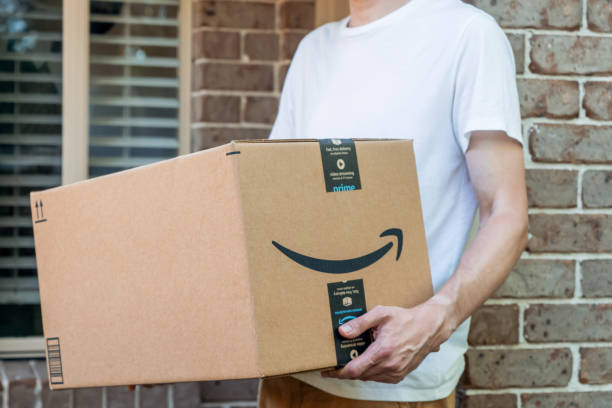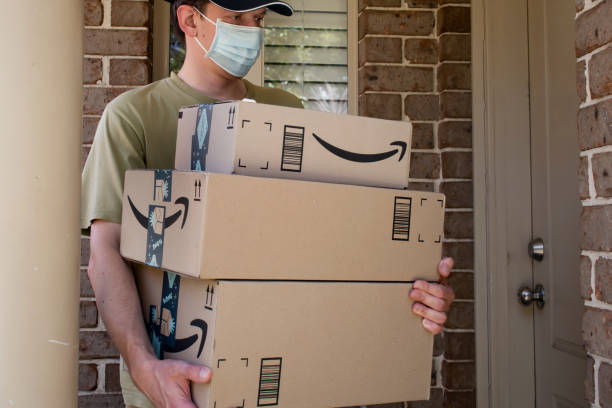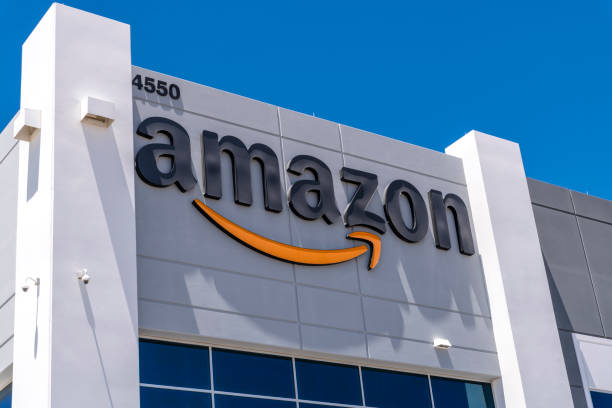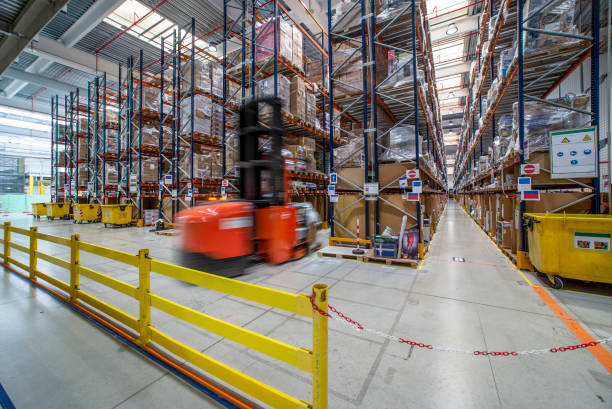If you’ve been eagerly tracking that package only to find out it’s delayed, you’re not alone. Amazon, the titan of online retail, has seen its fair share of Amazon shipping delays. But why does this happen? Let’s dive into the fascinating world of logistics and discover the common culprits behind those frustrating delays.
Unprecedented Demand – Amazon Shipping Delays
First and foremost, let’s talk about the elephant in the room: the surge in demand. Especially during peak shopping seasons like holidays, Amazon experiences an overwhelming influx of orders. Imagine millions of packages being processed and shipped simultaneously! This sheer volume can put a strain on Amazon’s logistics network, leading to delays.
Supply Chain Disruptions
Another significant factor causing shipping delays is disruptions in the supply chain. Whether it’s a natural disaster, port congestion, or labor strikes, these unforeseen events can interrupt the flow of goods from manufacturers to Amazon’s fulfillment centers. When one link in the supply chain breaks, it creates a ripple effect, delaying deliveries across the board.

Inventory Management Challenges – Amazon Shipping Delays
Effective inventory management is crucial to Amazon’s operation. However, inaccurate forecasting or unexpected spikes in demand can lead to inventory shortages. When Amazon doesn’t have the item in stock at the nearest fulfillment center, it may need to ship it from a farther location, resulting in longer transit times and delays.
Carrier Issues
Sometimes, the delay isn’t on Amazon’s end but with the carrier responsible for delivering the package. Weather conditions, mechanical problems, or staffing issues can all impact a carrier’s ability to deliver on time. While Amazon works with reliable carriers, these external factors are sometimes beyond anyone’s control.
Holiday Rush and Special Events – Amazon Shipping Delays
Special events like Prime Day or Black Friday can create a shopping frenzy. While these events offer fantastic deals, they also lead to a surge in orders that can overwhelm Amazon’s logistics network. If you’ve ever ordered during one of these events, you might have noticed longer delivery estimates due to the sheer volume of orders being processed.
Customs and International Shipping
For those of you ordering from Amazon’s international sites or purchasing items shipped from abroad, customs clearance can be a significant hurdle. Delays at customs can range from additional inspections to paperwork errors, all of which can stall your package’s journey.

Amazon’s Efforts to Improve – Amazon Shipping Delays
Despite these challenges, Amazon is continuously striving to improve its shipping processes and minimize delays. They’ve invested heavily in expanding their fulfillment network, optimizing inventory management systems, and improving collaboration with carriers. Amazon’s Prime Air initiative, which aims to use drones for deliveries, is another exciting development that could revolutionize shipping in the future.
What Can You Do?
While some delays are inevitable, there are steps you can take to minimize the impact on your shopping experience:
- Check Delivery Estimates: Before placing an order, always check the estimated delivery date. This will give you a realistic expectation of when your package will arrive.
- Consider Prime Membership: Amazon Prime members often enjoy faster shipping times and exclusive deals. If you frequently shop on Amazon, it might be worth considering a Prime membership.
- Track Your Order: Utilize Amazon’s tracking feature to keep an eye on your package’s progress. This can help you anticipate delays and plan accordingly.
- Stay Informed: Keep an eye on Amazon’s official channels and customer service for updates on any potential delays or issues affecting shipping.
Sustainability and Eco-friendly Shipping
Amazon’s efforts towards sustainable packaging and shipping Recognizing the environmental impact of its operations, Amazon has been actively working towards more sustainable packaging solutions. They have introduced initiatives like Frustration-Free Packaging, which reduces waste by eliminating unnecessary packaging materials. Amazon also encourages the use of recyclable materials and works with suppliers to reduce the environmental footprint of its packaging.
Balancing efficiency with environmental responsibility While Amazon aims to deliver packages quickly and efficiently, they also prioritize environmental responsibility. This balance is achieved by investing in eco-friendly delivery vehicles, optimizing delivery routes to reduce fuel consumption, and exploring alternative energy sources. Amazon’s commitment to sustainability demonstrates their effort to minimize the environmental impact of their logistics operations.

Customer Expectations and Service – Amazon Shipping Delays
Amazon’s customer service approach during shipping delays During shipping delays, Amazon’s customer service team plays a crucial role in managing customer expectations and addressing concerns. They provide timely updates on the status of delayed shipments, offer alternative solutions when possible, and ensure that customers are informed and supported throughout the process.
Managing customer expectations and setting clear communication Clear communication is key to managing customer expectations during shipping delays. Amazon uses various channels, such as email notifications, tracking updates, and customer service interactions, to keep customers informed about any delays or issues affecting their orders. By setting clear expectations and providing transparent communication, Amazon strives to maintain customer satisfaction even when facing shipping challenges.
Third-party Sellers and Shipping
How third-party sellers contribute to Amazon’s shipping challenges While third-party sellers contribute to Amazon’s vast product selection, they can also introduce complexities into the shipping process. Each seller may have different shipping policies, packaging standards, and delivery timelines, which can complicate logistics operations. Coordinating with multiple third-party sellers requires robust systems and processes to ensure smooth and timely deliveries.
Quality control and standardization in third-party shipping To maintain a high level of service quality, Amazon has implemented strict quality control measures and standardized shipping practices for third-party sellers. This includes guidelines for packaging, delivery timelines, and customer service standards. By enforcing these standards, Amazon aims to provide a consistent and reliable shipping experience for customers, regardless of whether the product is sold by Amazon or a third-party seller.
Conclusion: Amazon Shipping Delays
Shipping delays, while frustrating, are often the result of complex logistical challenges that even a retail giant like Amazon faces. By understanding the common causes of delays and staying informed, you can navigate the world of online shopping with confidence.
Remember, behind every delayed package is a vast and intricate network of people and processes working tirelessly to get your order to your doorstep. So, the next time you encounter a shipping delay, take a deep breath, be patient, and trust that your package is on its way!
Happy shopping, and here’s to hoping for fewer delays and more doorstep surprises from the world of Amazon!









[…] Keep your customers informed about order statuses, shipping updates, and any potential shipping delays through automated email notifications or messaging within the Seller Central […]
[…] Understanding The Causes Of Amazon Shipping Delays […]
[…] largest retail chains globally, offering a vast array of products at competitive prices. Meanwhile, Amazon reigns supreme in the e-commerce realm, boasting millions of customers and a robust marketplace […]
[…] can add them to your trade-in cart and proceed to checkout. Amazon will provide you with a prepaid shipping label, making it easy and convenient to send your items to their fulfillment center. So, simply […]